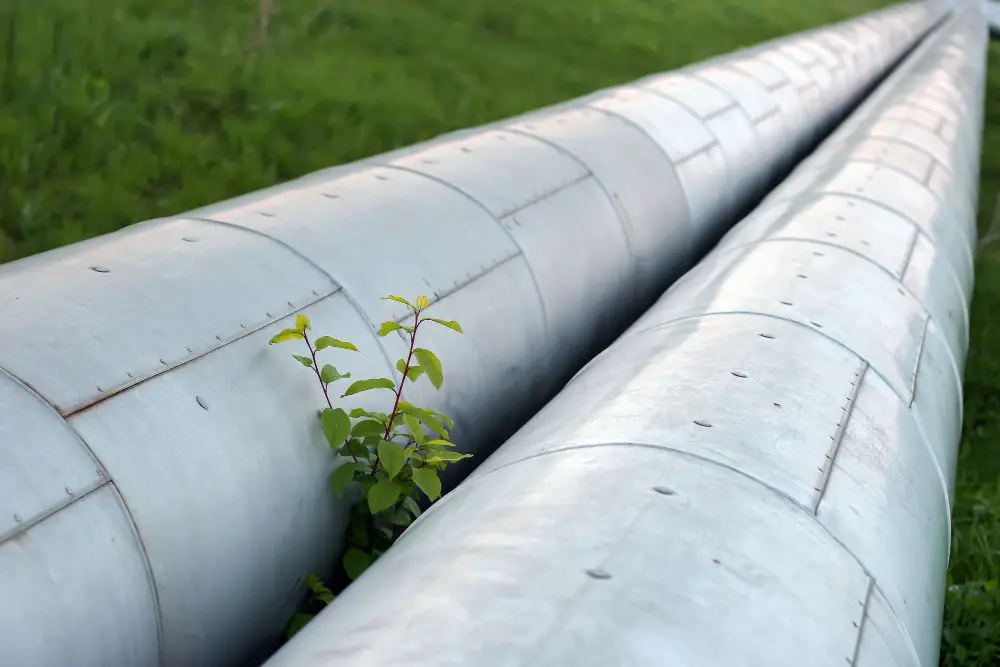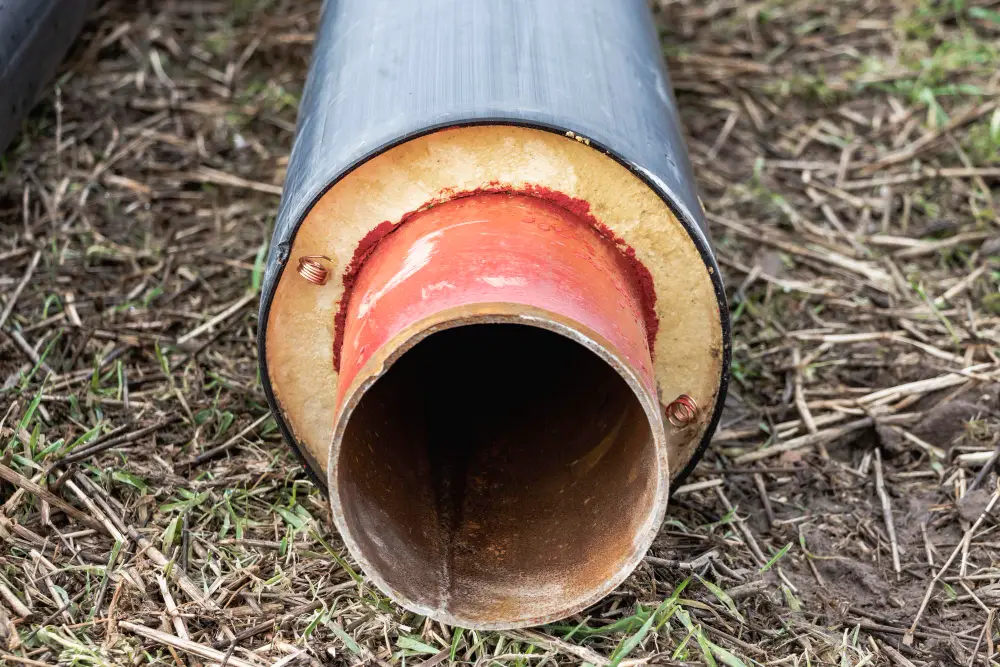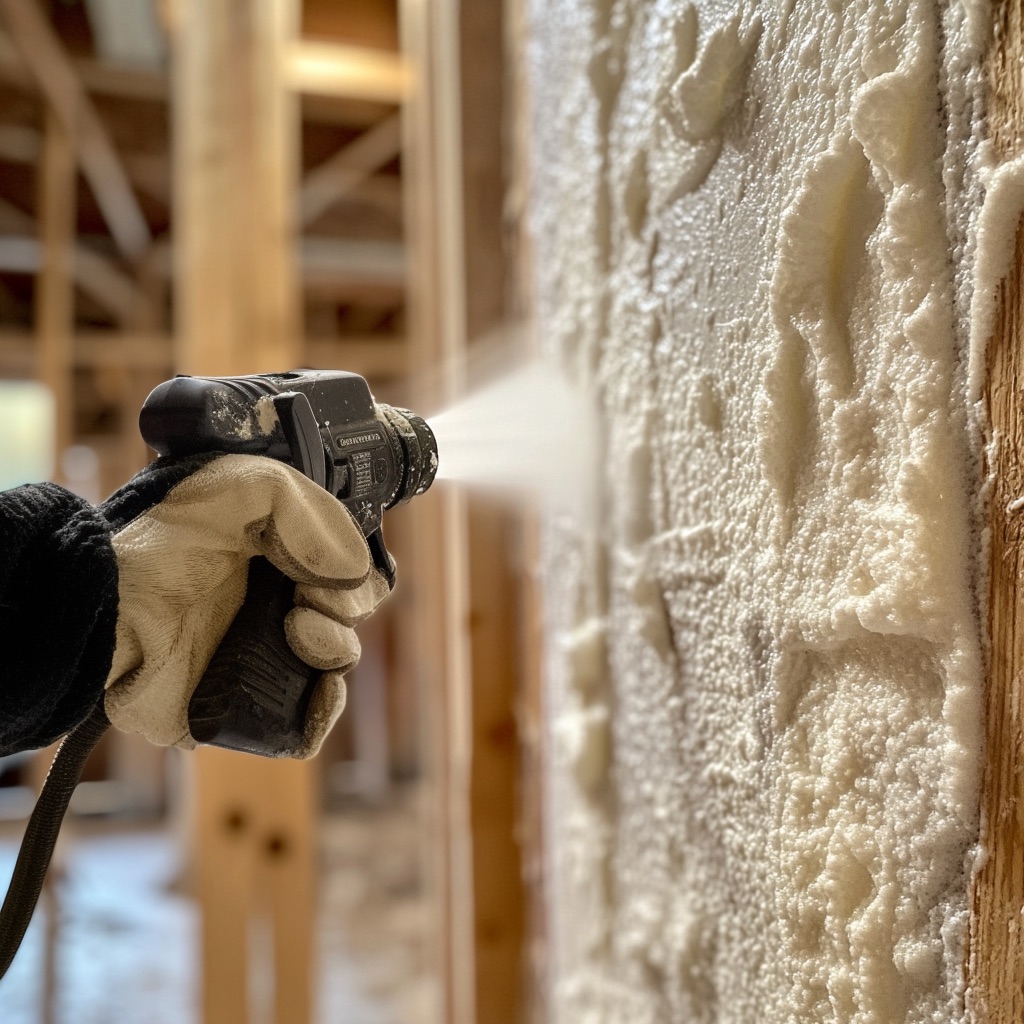Root control service is essential for maintaining the health of your plumbing system. It ensures that your home’s underground infrastructure is free from invasive root growths, which can cause significant damage over time.
In this comprehensive guide, we will explore how root control services can safeguard your home, using real-life examples and a storytelling approach to make the concept as accessible as possible.
Understanding the Basics of Root Intrusion

Roots from trees and large shrubs have a natural tendency to seek out water sources, often leading them straight to the pipes that run beneath our homes. These roots can enter through tiny cracks or loose joints in the pipe work, gradually growing and causing blockages or even structural damage.
This is where a root control service steps in, using specialized techniques to remove these roots effectively and prevent future growth.
The Early Signs of Root Intrusion
Recognizing the early signs of root intrusion can save homeowners a significant amount of time and money. Symptoms include slow draining sinks, gurgling sounds from the toilet, and in severe cases, sewage backups. If you notice any of these issues, it’s crucial to act quickly and consult a professional.
The Process of Root Removal

The root removal process typically begins with a diagnostic phase, where professionals use cameras to inspect the pipes and identify the extent of the root intrusion. Once the problem areas are pinpointed, various methods can be employed to clear out the roots.
These might include mechanical cutting, the use of high-pressure water jetters, or even chemical treatments designed to kill the roots without damaging the pipes.
Real-life Example: A Story of Timely Intervention
Consider the story of a homeowner in a suburban neighborhood, whose family was frequently experiencing slow drains and unpleasant odors. After a quick inspection by a root control specialist, it was discovered that a large oak tree in the front yard had roots extending into the sewage line.
Through timely intervention using mechanical cutting, the roots were removed, and the pipes were restored to normal function, saving the homeowner from a potentially disastrous sewage backup.
Preventive Measures and Maintenance
Beyond just removing existing roots, it’s important to consider preventive measures to protect your plumbing in the future. Regular inspections, installing root barriers around the piping system, and choosing tree species with less aggressive root systems when landscaping can all help in minimizing the risk of root intrusion.
The Benefits of Regular Root Control Maintenance
Engaging in regular maintenance of your root control system can extend the life of your sewer lines significantly. This practice not only helps in preventing emergencies but also ensures that your plumbing system operates efficiently, reducing the likelihood of unexpected repairs which can be costly.
Choosing the Right Service Provider
Selecting the right service provider is crucial. Look for professionals with extensive experience, positive customer reviews, and a thorough approach to handling root control. A reliable provider will offer transparent pricing, detailed service agreements, and follow-up support to ensure that your pipes remain free from roots.
The Takeaway
Dealing with roots in your plumbing can be a daunting task, but with the right knowledge and support, it can be managed effectively. Understanding what to expect from a root control service allows homeowners to take proactive steps towards maintaining their plumbing system and avoiding potential disasters.
Remember, the key is not just to react to problems but to prevent them from occurring in the first place.
By incorporating these strategies and engaging with a trusted professional, you can protect your home’s plumbing infrastructure and ensure that it remains efficient and robust for years to come.
Recap




